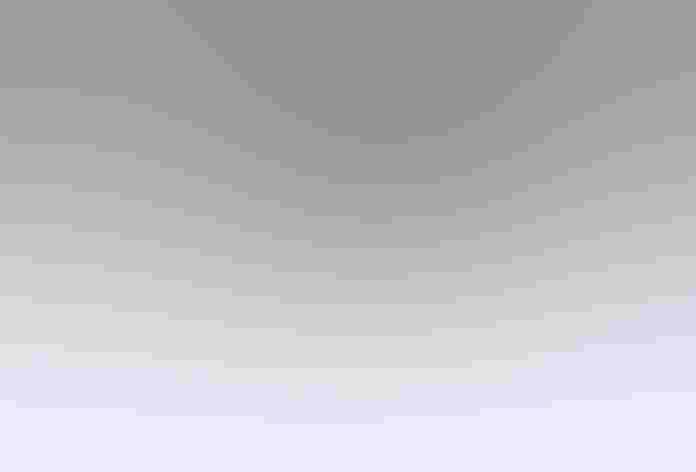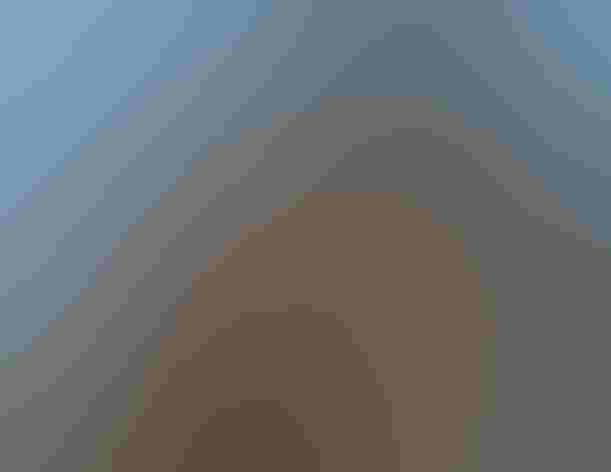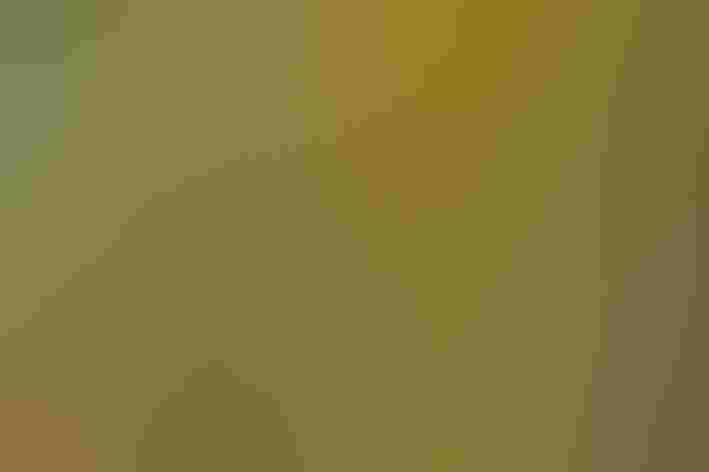Northern Hawk Owl
At a Glance
In the northern forest, a lucky observer may spot this long-tailed owl perched upright at the top of a spruce. Rather hawklike in both appearance and behavior, it often hunts by day. Going from tree to tree, it flies fast and low, swinging up at the last moment to alight on the topmost twigs. The occasional Hawk Owl that wanders into the northeastern United States in winter may remain for weeks, attracting birders from far and wide.
All bird guide text and rangemaps adapted from by Kenn Kaufman漏 1996, used by permission of Houghton Mifflin Harcourt Publishing Company. All rights reserved.
Category
Owls
IUCN Status
Least Concern
Habitat
Fields, Meadows, and Grasslands, Forests and Woodlands, Shrublands, Savannas, and Thickets, Tundra and Boreal Habitats
Region
Alaska and The North, Eastern Canada, Great Lakes, Mid Atlantic, New England, Northwest, Plains, Rocky Mountains, Western Canada
Behavior
Direct Flight
Population
250.000
Range & Identification
Migration & Range Maps
No regular migration, but somewhat nomadic, moving around to track available prey. A few may move well southward in winter.
Description
15-17" (38-43 cm). W. 33 (84 cm). Long tail, heavily barred underparts, black rim around face. Posture less vertical than that of most owls.
Size
About the size of a Crow, About the size of a Mallard or Herring Gull
Color
Black, Brown, White, Yellow
Wing Shape
Pointed, Tapered
Tail Shape
Long, Notched, Rounded, Square-tipped
Songs and Calls
Whistling ki-ki-ki-ki-ki-ki, similar to call of a kestrel.
Call Pattern
Flat, Rising
Call Type
Scream, Trill
Habitat
Open conifer forests, birch scrub, tamarack bogs, muskeg. Found in northern forest of spruce and other conifers mixed with aspen or birch, north to treeline. Generally in semi-open sites, as around edges of clearings, bogs, burned areas.
Sign up for 爆料公社's newsletter to learn more about birds like the Northern Hawk Owl
Behavior
Eggs
5-7, sometimes 4-9, rarely 3-13. May lay more eggs in years when rodents are abundant. Eggs white. Incubation is by female only, 25-30 days.
Young
Female stays with young most of time for about first 2 weeks; male brings food for them. Later, both parents bring food. Young climb around in nest tree before capable of flight, may be able to fly at about 5-6 weeks. Young may remain with parents for several months after fledging.
Feeding Behavior
Hunts mostly by day, or at dawn and dusk. Watches for prey from a prominent raised perch, often moving from one hunting perch to another; when prey is spotted, attacks in very fast flight. May hover while hunting. Sometimes catches birds in the air. May sometimes locate prey by sound alone, plunging into snow to catch unseen rodents.
Diet
Mostly rodents. Especially in summer, eats mostly voles, mice; also some small squirrels, weasels, shrews. Also eats small birds, especially in winter. May take insects, frogs, even small fish at times.
Nesting
Members of mated pair call in duet, sometimes bow stiffly. Male feeds female, and may store uneaten prey near nest. Nest site varies, includes large cavities in trees, broken-off tops of snags, or old nests of other birds, such as crows or hawks. In northern Europe, may use artificial nest boxes. Usually 10-40' above ground.
Conservation
Conservation Status
Most of North American breeding range is remote from effects of human disturbance.
Climate Threats Facing the Northern Hawk Owl
Choose a temperature scenario below to see which threats will affect this species as warming increases. The same climate change-driven threats that put birds at risk will affect other wildlife and people, too.







